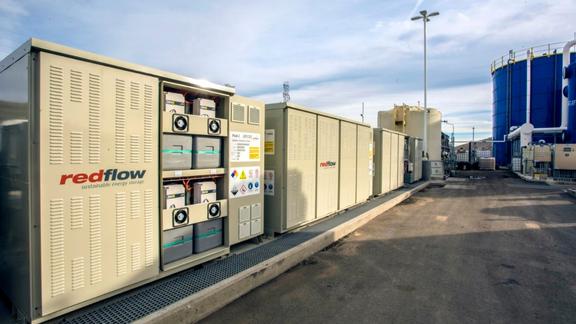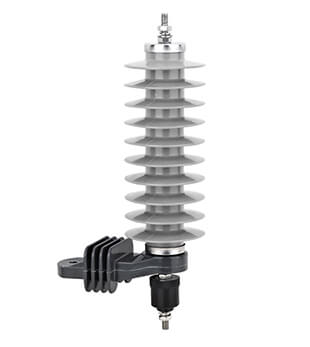
Zinc batteries are becoming more popular as renewable energy expands in South America. Zinc batteries are secure, economical, and offer better stability when contrasted with lithium-ion batteries. The batteries are an economically workable choice due to the ample availability of zinc metal. They hold extra power produced by sources such as solar and wind and release it during high-demand periods. This improves the stability and durability of the grid, enabling renewables to supply the grid with greater reliability. The zinc battery initiative, recently unveiled by the International Zinc Association (IZA), aims to use zinc’s abundance to create safer battery technologies. South America is increasing its production capacity and looking for sustainable storage options. Zinc batteries are in line with the region’s renewable energy expansion goals, offering a more sustainable future. A surge arrester safeguards the electrical framework that backs up zinc battery storage systems.
A surge arrester protects sensitive power electronics components such as inverters and converters from damage. The damage may be from lightning strikes, voltage surges, and switching operations. A surge arrester reduces the need for frequent repairs and replacements. This contributes to the longevity and reliability of the zinc battery storage systems. Surge arresters also stabilize the grid and improve its reliability. This contributes to the reliable and efficient operation of zinc batteries and their storage systems. This article highlights the uses of a surge arrester in zinc batteries and their systems.
Uses of a surge arrester in zinc batteries and energy storage systems
A surge arrester protects zinc batteries and storage systems to support renewable energy infrastructure in South America. It prevents damage from voltage spiks, reduce downtime and maintenance needs. This helps to support the integration of renewable energy sources. The following are the uses of a surge arrester in zinc battery energy storage systems in South America.

- Protection – zinc batteries and storage systems are vulnerable to voltage spikes from lightning and switching events. A surge arrester protects the systems by redirecting the excess voltage to the ground to prevent damage to battery cells. This is valuable in areas prone to thunderstorms like Brazil and Colombia.
- Enhancing system durability – surge arresters help extend the lifespan of zinc battery systems. They do this by shielding them from harmful surges to ensure the system remain operational for longer periods.
- Maintaining power stability – zinc batteries provide stable power from renewable energy sources like solar and wind. Surge arrester prevents sudden voltage fluctuations which could destabilize the output. It ensures the batteries meet the electricity demands of remote areas.
- Supporting renewable energy – zinc batteries serve in microgrids and energy storage systems that absorb variable outputs like solar. A surge arrester ensures that the batteries can handle sudden changes in power supply.
- Easing cross-border energy storage projects – cross-border energy storage initiatives are growing as the region aims for energy stability. A surge arrester in zinc battery storage systems helps to manage voltage inconsistencies that arise from cross-border connections.
Advantages of using zinc batteries in energy storage systems in South America.
Utilizing zinc batteries provides benefits for battery storage systems in South America. Zinc batteries are superior to lithium-ion batteries because of their safety, environmental stability, and affordability. Due to the temperatures in South America, zinc batteries can withstand the fluctuations in temperature. At TTF Power, we provide high quality overhead line hardware, transmission hardware, distribution hardware, conductors, insulators, cutout switches, anchoring and grounding products. Here are the advantages of utilizing zinc batteries in battery storage systems in South America.

- Zinc batteries show resiliency in extreme conditions and can function effectively in various temperatures. Adaptability is essential for off-grid uses and in remote locations where temperature changes can affect battery efficiency.
- Cost-efficiency and availability of resources – zinc is cheaper and more plentiful than lithium, leading to decreased expenses. Countries such as Peru and Bolivia have abundant zinc reserves, making zinc batteries a cost-effective choice.
- Zinc batteries are safer than lithium-ion batteries because they are less prone to overheating and flammability. Zinc, a non-toxic and recyclable material, decreases the chances of fires and environmental dangers.
- Zinc batteries offer consistent, extended storage to help with renewable integration and grid stability. They aid in grid stabilization by accumulating extra energy from wind and solar sources and releasing it during periods of low generation.